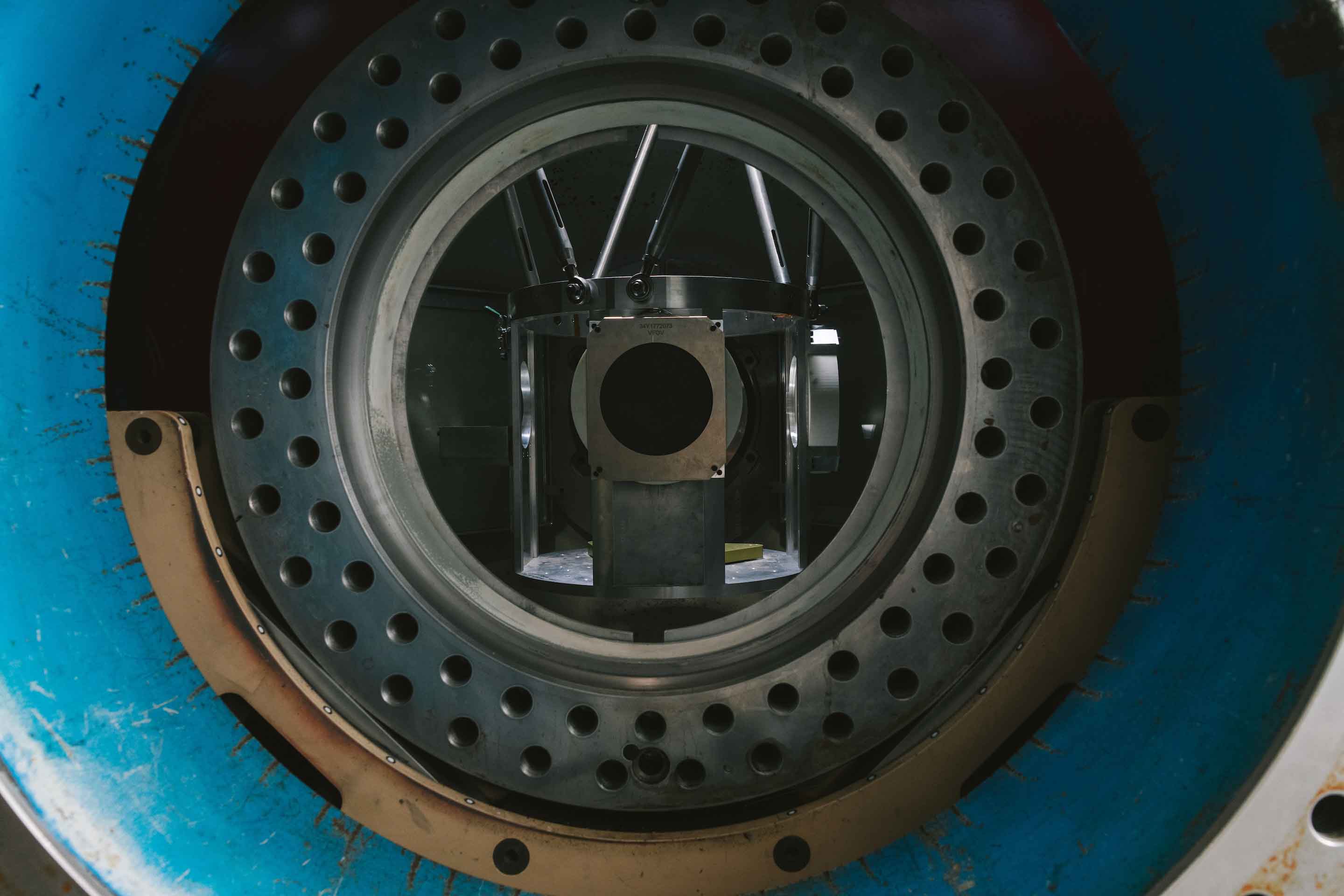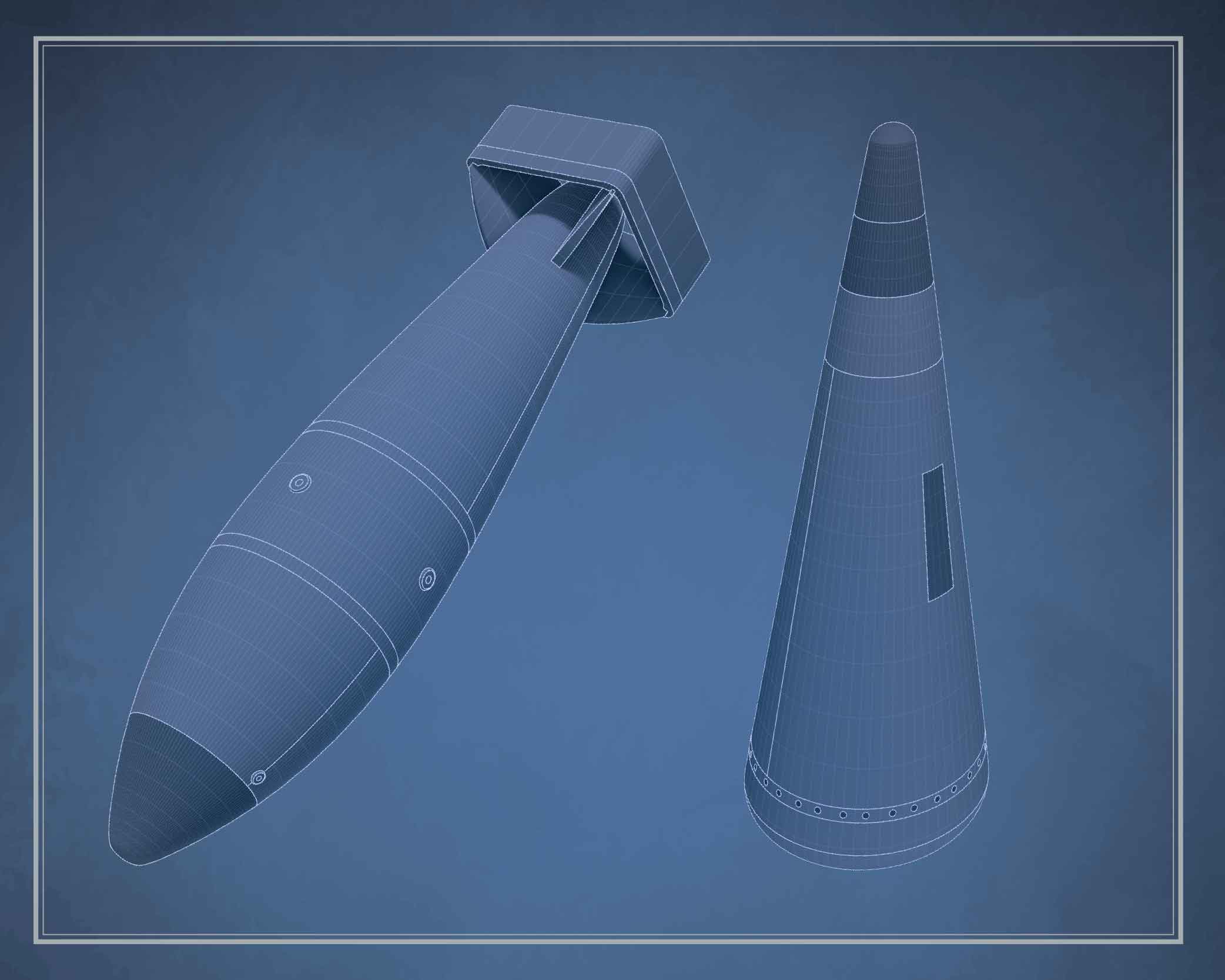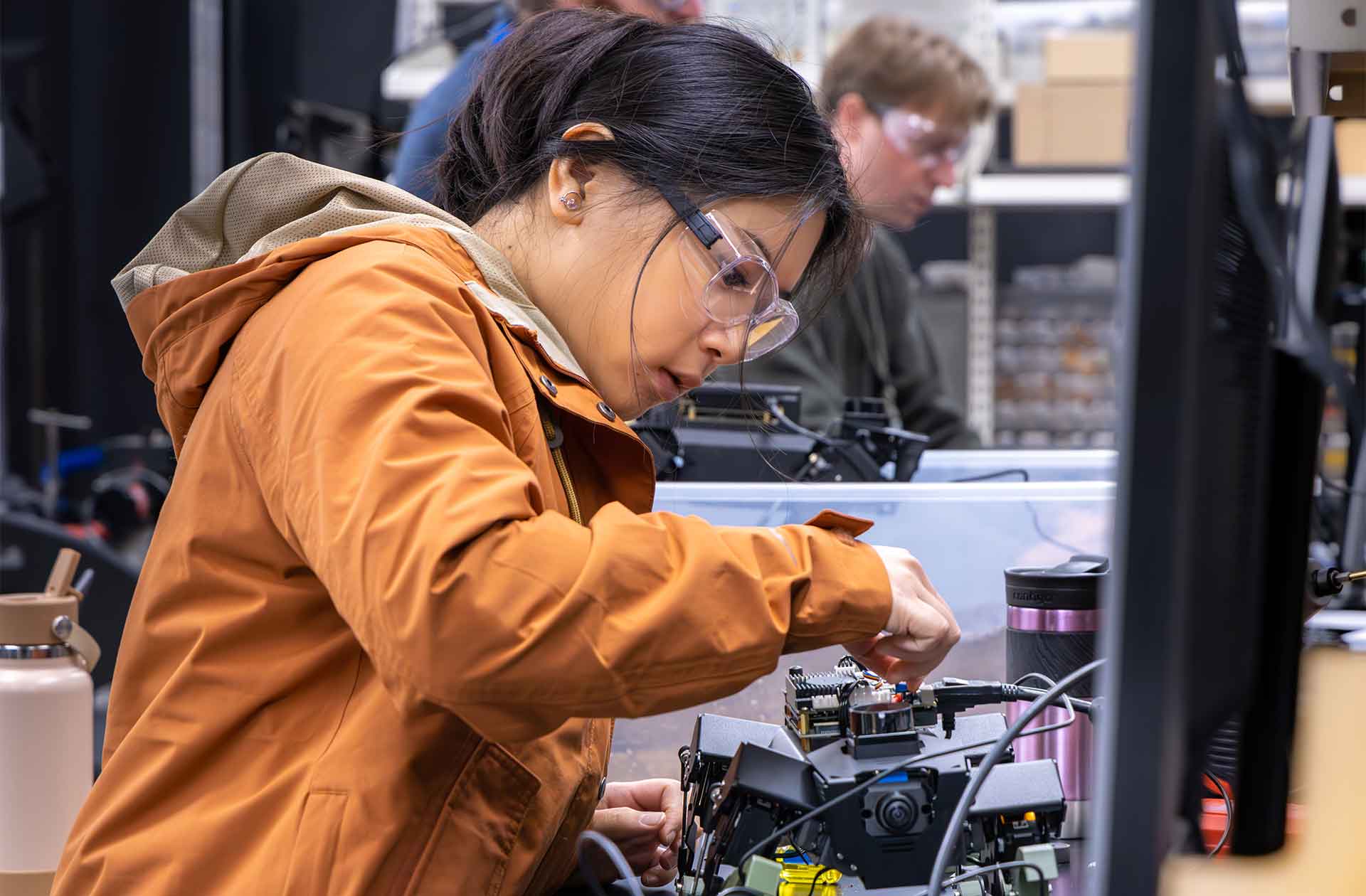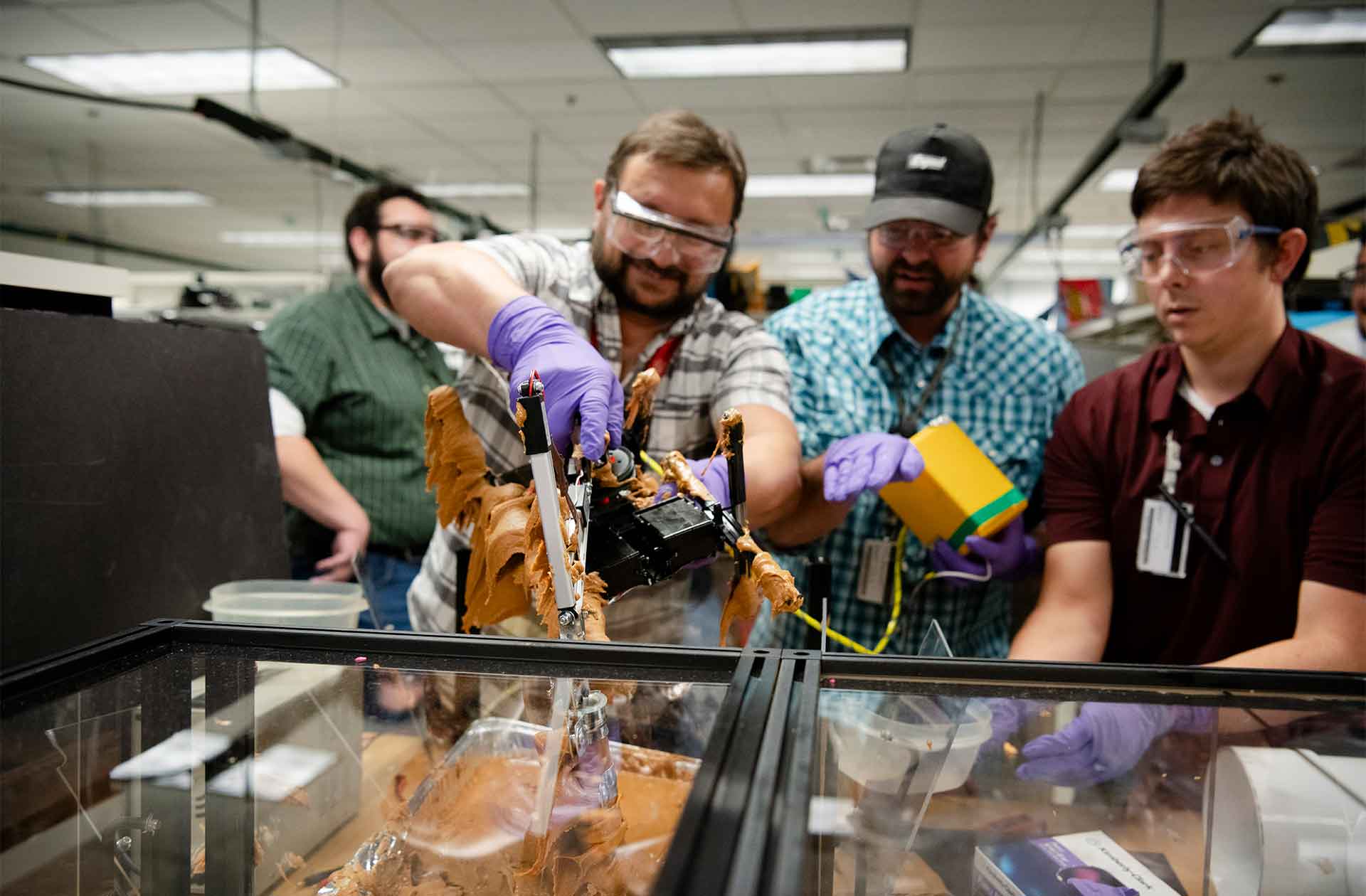The Chi-Nu physics experiment
New data sheds light on the fission of actinide isotopes.
- Brian Keenan, writer

The Chi-Nu project, a years-long experiment by researchers at Los Alamos and Lawrence Livermore national laboratories that measures the energy spectrum of neutrons emitted from neutron-induced fission, recently concluded the most detailed and extensive measurement and uncertainty analysis of three major actinide isotopes: uranium-238, uranium-235, and plutonium-239.
Actinides are the 15 elements, all radioactive, with atomic numbers from 89 to 103. These elements, and the chain reactions they can undergo, are important for nuclear weapons and energy reactors. When a nucleus undergoes fission, or splits, several neutrons are released, potentially inducing fission in neighboring nuclei to create a chain reaction. The probability of subsequent reactions in the chain depends on the energy of the fission neutrons.
“Nuclear fission and related nuclear chain reactions were only discovered a little more than 80 years ago, and experimenters are still working to provide the full picture of fission processes for the major actinides,” says Los Alamos physicist Keegan Kelly. “Throughout the course of this project, we have observed clear signatures of fission processes that in many cases were never observed in any previous experiment.”
The Chi-Nu team’s final study, conducted on the isotope uranium-238, was recently published in Physical Review C. The experiment measured uranium-238’s prompt fission neutron spectrum: the energy of the neutron inducing the fission and the potentially wide-ranging energy distribution (the spectrum) of the neutrons released as a result. Chi-Nu focuses on “fast-neutron-induced” fission, with incident neutron energies in millions of electron volts, where there have typically been very few measurements.
The study was conducted at the Weapons Neutron Research facility at the Los Alamos Neutron Science Center (LANSCE), where a proton beam hit a tungsten target, generating neutrons that traveled along a flight path. When those neutrons hit a sample of uranium-238, fission events occurred and were measured along with the emitted fission neutrons.
Together with similar measurements of uranium-235 and plutonium-239, the results from the Chi-Nu experiment are now, in many cases, the dominant source of experimental data guiding modern efforts to evaluate the prompt fission neutron spectrum. The data inform nuclear models, Monte Carlo calculations, reactor performance calculations, and more.
Although the Chi-Nu experiment is complete, researchers are now applying the skills and methodologies they’ve acquired to study other isotopes and reactions. They are currently focused on the fission of plutonium-240 and uranium-233—two more snapshots in the full mosaic of actinide isotopes—as well as neutron scattering reactions. ★








